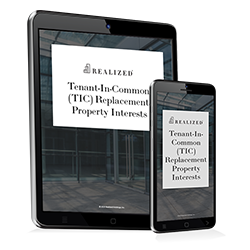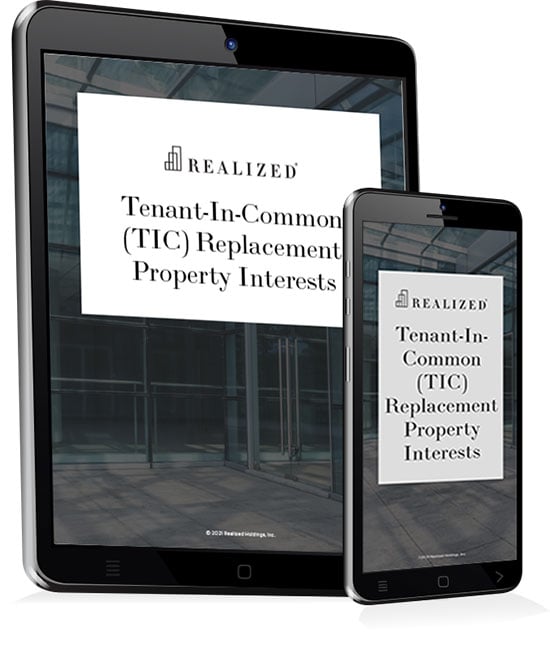
Communal property ownership can take on several different forms. Two of the most common ways to hold title to real property are joint tenancy and tenant-in-common (TIC).
They may sound alike, but there are key legal differences between these two ownership structures. It’s important to understand those differences when two or more people take title to a house or investment property since it determines your legal rights to the asset as well as who inherits your share of the property when you pass.
In this article we’ll define tenant-in-common and joint tenancy and discuss the differences between the two ownership structures.
What Is a Joint Tenancy?
In a joint tenants agreement, co-owners have equal ownership interests in a real property asset. This type of ownership arrangement is common for married couples and investors with aligned interests.
Since ownership shares are equal, each party in a joint tenancy is equally responsible for any capital expenditures such as debt servicing, maintenance, insurance, and taxes. A key aspect of a joint tenancy is that there is a right of survivorship – if one party dies, the other party automatically inherits the other’s share of the jointly held asset.
What Is a Tenant-in-Common?
With a TIC, multiple owners – up to 35 – can hold unequal shares of a residential property or commercial investment asset. Owners are free to mortgage or sell their shares without any input or oversight from other tenants.
Tenancy-in-common owners must share any costs associated with servicing debt on the property, making repairs, and other capital expenditures according to their pro-rata shares. All major operating decisions about the jointly owned property must be approved by all co-owners. Lastly – but perhaps most importantly – co-owners in a TIC are free to bequeath their shares to an heir of their choosing.
In a TIC agreement for commercial assets, two or more investors buy fractional shares of a property that oftentimes would be beyond their financial reach as individual investors. Owners can hold unequal shares, and any financial distributions from the asset are disseminated on a pro-rata basis. Although co-owners have a fiscal responsibility to the asset according to their pro-rata ownership shares, each TIC owner has equal right to use and occupy the entire property.
How Do TICs Differ From Joint Tenants in Common?
TIC co-owners can hold fractional shares of a property, while joint tenancy owners have equal interests. TIC owners can divest their interests whenever they want without regard to other owners. Joint tenants, however, must unanimously agree to sell their interests simultaneously -- there’s no early exit without dissolving the joint tenancy ownership structure.
Another important difference with these types of ownership arrangements is what happens to your interests if you die. TIC owners can give their shares to whomever they want, while joint tenancy owners can’t pass them on – ownership interests are basically absorbed by the surviving owners.
The Bottom Line
There are pros and cons to each type of ownership structure. A joint tenancy avoids the cost of going through probate to determine ownership of real property upon the death of one owner, but it also eliminates the ability to bequeath your shares to an heir of your choosing. Divorce can also wreak havoc on personal finances in a joint tenancy since all fiscal responsibility is shared regardless of who was the primary breadwinner in the household. A tenancy-in-common clearly delineates your percentage of ownership, but establishing this type of arrangement may bring about some difficult conversations between married couples.
Consulting with legal and tax professionals prior to taking title of real property with a partner, spouse, or co-investor could alleviate some serious legal and fiscal problems in the future.
This material is for general information and educational purposes only. Information is based on data gathered from what we believe are reliable sources. It is not guaranteed as to accuracy, does not purport to be complete and is not intended to be used as a primary basis for investment decisions. Realized does not provide tax or legal advice. This material is not a substitute for seeking the advice of a qualified professional for your individual situation.



